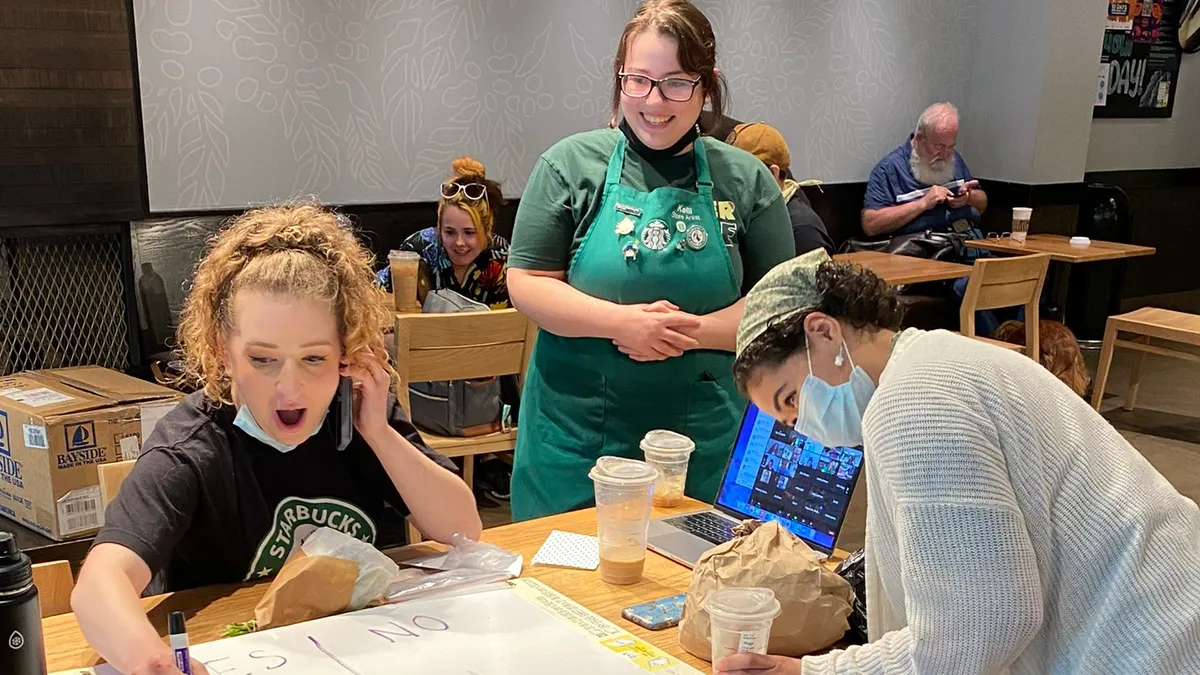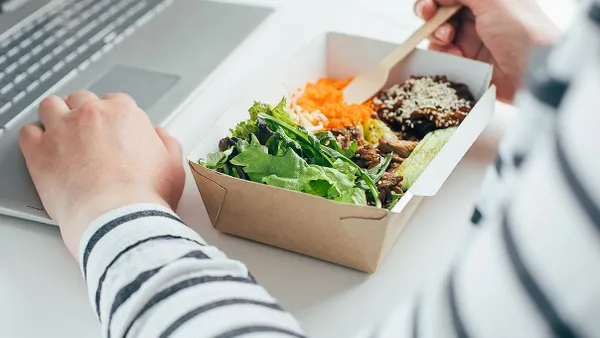The playbook you've relied on for years isn't working anymore. With costs soaring across ingredients, labor, and operations, the old strategies have hit a wall. Yet behind carefully crafted menus and welcoming atmospheres, a new generation of restaurateurs is rewriting the rules of survival and success.
The new menu math
When costs rise, the obvious move seems straightforward: raise prices. But no one's rushing to put costs back on their customers.
"We certainly don't want to continually price out a percentage of our customer base," explains Shaz Khan of Tono Pizzeria + Cheesesteaks. "We're very cognizant of the impact that it has on their pockets."
Instead, some restaurants are developing more nuanced approaches. At Single Tree BBQ, owner Charlie Eblen employs a strategic rotation system that creates natural opportunities to adjust pricing without alienating regulars.
"If there are seven items on an entree portion of the menu, two may rotate every six weeks," Eblen explains. This approach accomplishes multiple objectives simultaneously: It refreshes the menu, generates excitement among returning guests, and creates opportunities to adjust pricing as costs fluctuate.
The lost art of menu mixing
A restaurant menu isn't just a collection of recipes – it's a financial blueprint where each item must justify its existence through a clear contribution to the bottom line.
Developing a balanced menu requires scrutinizing every dish through multiple lenses: Does it drive traffic? Generate strong margins? Use ingredients efficiently?
"Menu mix is becoming a lost art," notes Michael Ungaro, CEO of San Pedro Fish Market. "Having a very balanced menu will take away from those cost increases."
This data-driven approach creates flexibility during cost spikes. With coffee prices up 16%, beer up 5.8%, and burgers up 6.6% in the past two years, restaurants may benefit from strategic counterbalances. So when prices surged for a key ingredient, Ungaro found one: "We took the next ingredient, which was also a high-volume ingredient, and were able to offset the increase in one with a decrease in the other."
In practice, this means when one key ingredient's cost jumps—say shrimp goes up 20%—restaurants may be able to lower prices on another major ingredient, like rice or potatoes, to help balance out the overall food costs.
For others, the answer lies in simplification. "If someone came in from the outside to say, 'you guys need to make more money,' probably the first thing they'd do is shrink our menu," says Robbie Soskin of Yum Kitchen.
What appears to customers as thoughtfully curated offerings represents a calculated financial strategy. Streamlined menus reduce inventory requirements, minimize waste, and improve kitchen efficiency. In today's environment, every dish must prove its worth through profitability, popularity, or, ideally, both.
Strengthening direct partnerships
Restaurants are exploring closer relationships with producers to enhance their supply chains.
"One of the things that we had done a few years ago is just go directly to the shrimp manufacturers and do contract pricing," shares Ungaro.
This collaborative strategy has delivered multiple benefits: "[It] allowed us a lot of flexibility. It lowered the price, and the deal we were able to work out allows them to store it and deliver it when we need it.”
The approach can help eliminate storage costs, reduce inventory risk, and ensure consistent supply. While independent restaurants may lack the volume for similar arrangements individually, group purchasing orders may be a solution. By combining forces with other local operators, even small establishments may find success approaching producers directly and negotiating their own terms.
Embracing technology
Technology has become an operational necessity—not as a replacement for hospitality, but as a way to amplify it. Restaurants may leverage tech to anticipate needs, accelerate service, and free up staff for what matters most: genuine connection.
Automation can handle back-office tasks so managers can spend more time on the floor, while online ordering lets servers focus on in-person guests instead of juggling phone orders. Analytics help operators understand customer preferences, enabling more personalized service.
However, this shift requires intentional implementation, as Soskin notes: "I wanna believe that hospitality will still make a comeback. And people will figure out the balance between technology and hospitality."
The key here, as Soskin called out, is balance. Successful restaurants aren't choosing between tech and hospitality; they're using technology strategically to deliver better hospitality. The result is a hybrid model where efficiency serves warmth, and innovation supports the human connections that keep customers coming back.
Looking ahead
The challenges we're all facing are complex, but so are the responses emerging across the industry. By rethinking menus, reinventing supply chains, and finding the delicate balance between technology and tradition, restaurants are crafting sustainable approaches to survive despite rising costs.
Beyond the immediate financial pressures, these operators are preserving what has always made restaurants special: creativity, community, and the simple joy of bringing people together over exceptional food. The methods may evolve, but that essential mission endures – stronger and more intentional than ever.










